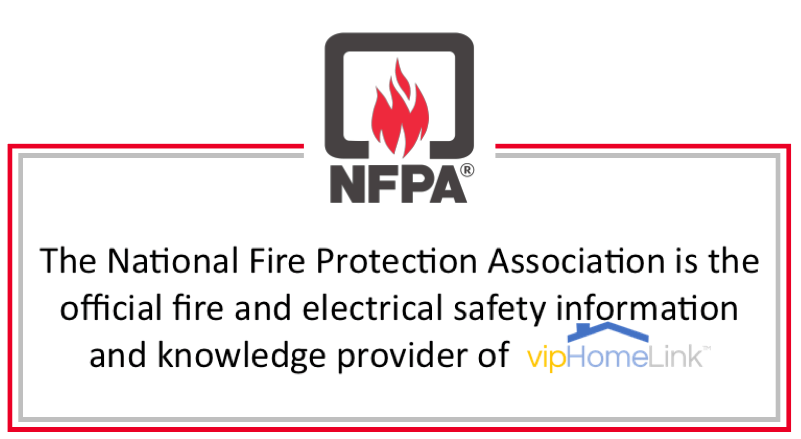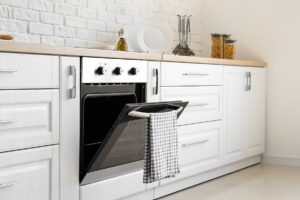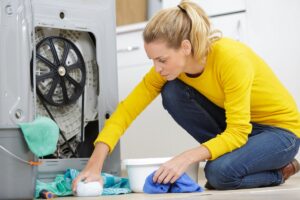What you can’t see, can’t hurt you – doesn’t apply to carbon monoxide (CO). Sometimes called the “invisible killer,” CO gas cannot be seen, tasted, or smelled, but it can be deadly.
To help you prevent a deadly build of CO in your home, we tackled nine FAQ about detecting and preventing CO with the help of the National Fire Protection Association (NFPA)!
What causes carbon monoxide in a home?
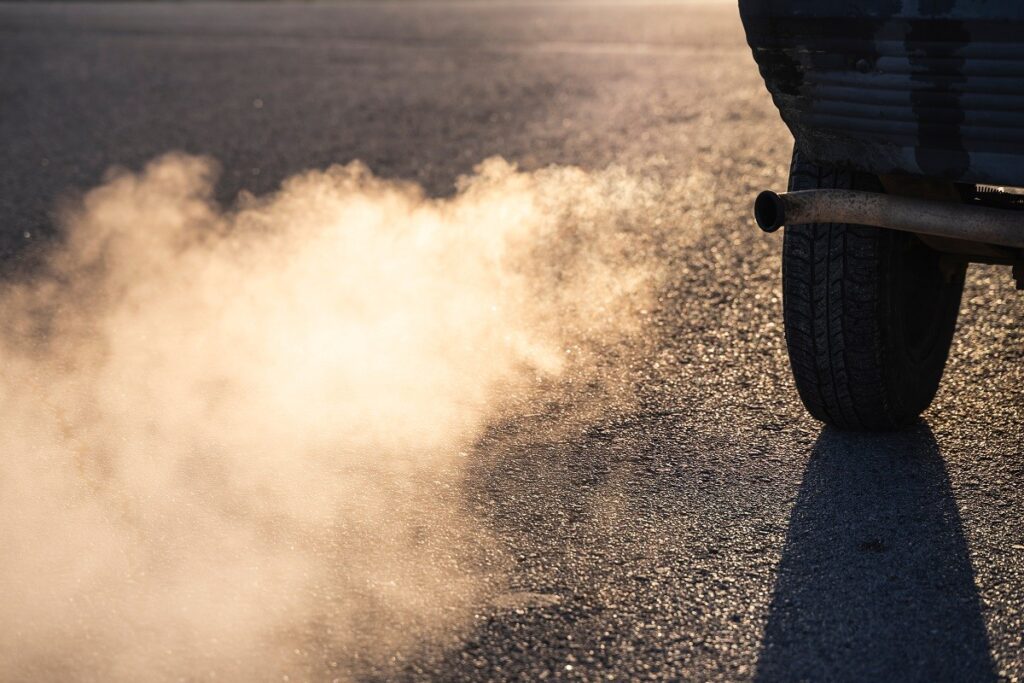
CO is created when fossil fuels such as kerosene, gasoline, coal, natural gas, propane, methane, or wood don’t burn completely. CO poisoning can result from gas-, gasoline-, and diesel-fueled vehicles idling inside garages or from malfunctioning or improperly vented water heaters, clothes dryers, furnaces and other heating appliances, and portable generators.
Remember, people die when they are exposed to dangerous levels of carbon monoxide.
How can you prevent carbon monoxide poisoning?
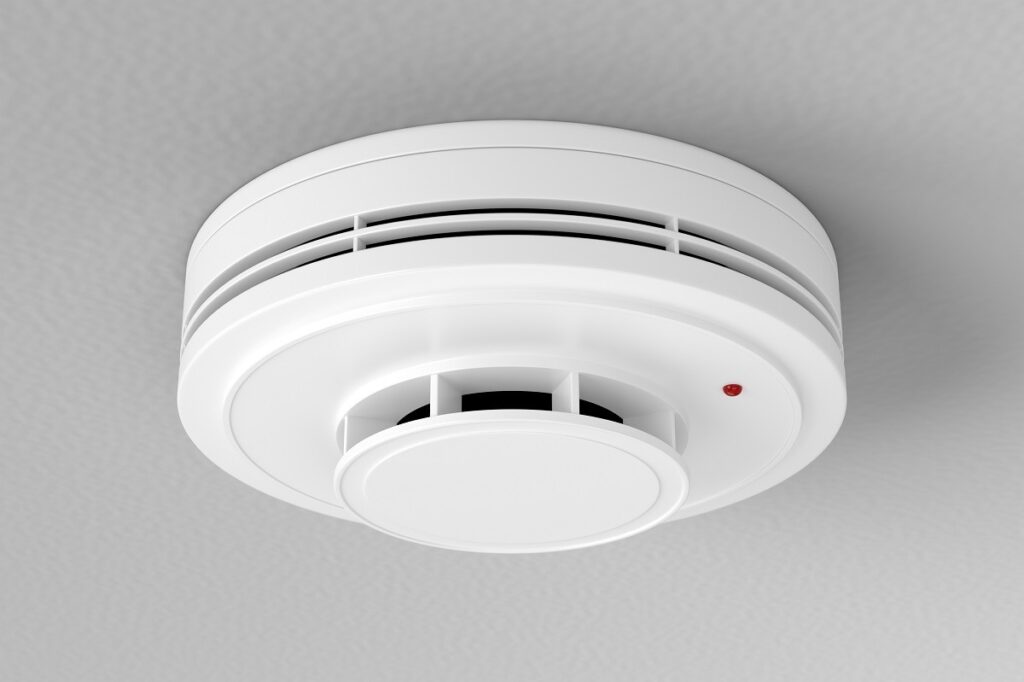
By maintaining your home and following these safe homeowning practices, you can help to prevent a dangerous buildup of CO in your home.
- Have gas appliances, fuel-burning heating equipment, and chimneys inspected per the manufacturer’s instructions.
- Before using the fireplace, open the damper for proper ventilation. When finished, leave the damper open until the fire is completely extinguished to prevent smoke and gases generated by embers from entering the home.
- Never use an oven or stovetop to heat your home.
- Purchase heating and cooking equipment that is listed by a qualified testing laboratory.
- Vent the exhaust from fuel-burning equipment to the outside. Keep the venting clear and unblocked.
- Never run a vehicle or other fueled engine or motor in a garage, even if the garage doors are open.
- If your vehicle has an automatic engine starter, check to make sure your vehicle is off if it is in the garage.
- Make sure vents for the dryer, furnace, stove, and fireplace are clear of snow and other debris.
- Always use barbecue grills outside, away from all doors, windows, vents, and other building openings. Never use grills inside the home or the garage, even if the doors are open.
- Use portable generators outdoors in well-ventilated areas at least 20 feet from all doors, windows, and vent openings. Measure the 20-foot distance from the generator to the building. Never use a generator in an attached garage, even with the door open.
- Place generators so that exhaust fumes cannot enter the home through windows, doors, or other openings in the building. The exhaust must be directed away from the building.
Can you smell carbon monoxide?
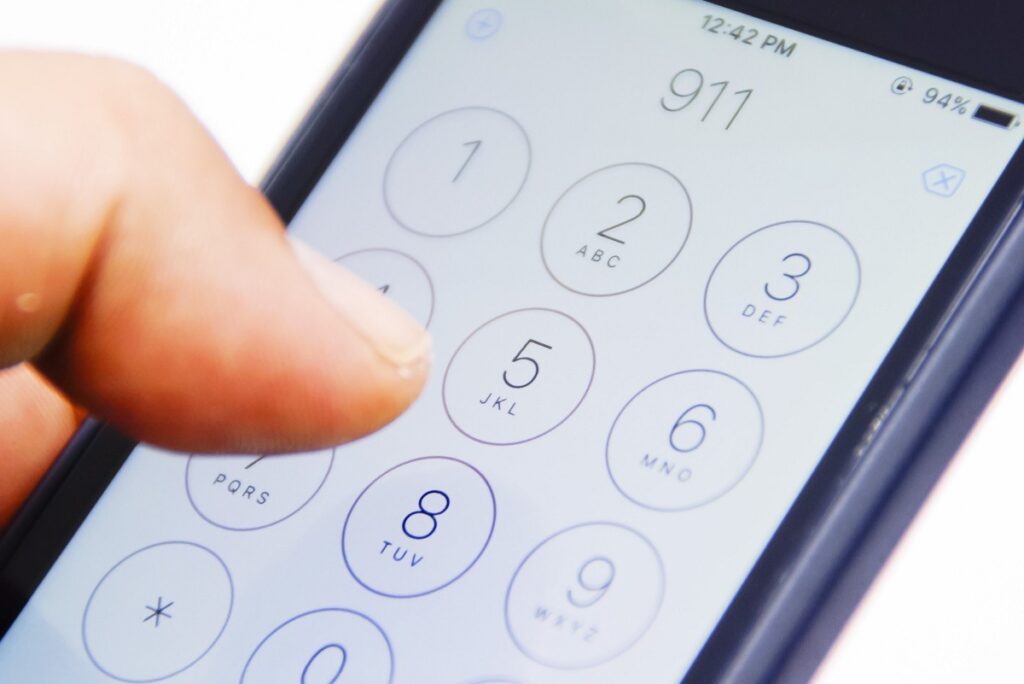
Unfortunately, no, it’s an odorless, invisible gas. That’s why if your carbon monoxide detector ever goes off, you should get out of your home and call 911 or the emergency number for your community. Your alarm may be the only reason you know there is a CO buildup in your home.
Can opening a window stop carbon monoxide poisoning?
Opening a window can introduce fresh air into a home, but it will not stop carbon monoxide buildup or prevent sickness or death.
What do you do if your CO alarm sounds?
Immediately move to a fresh air location outdoors. Make sure everyone is accounted for. Call 9-1-1 or the fire department from outside. Remain there until emergency responders deem it safe to reenter the home.
What is the best precaution against carbon monoxide poisoning?
While completing necessary home maintenance is one of the best precautions against CO poisoning, installing, maintaining, and testing your carbon monoxide alarms is the best way to make sure you’re alerted in the event of a CO buildup.
Where should carbon monoxide alarms be placed?
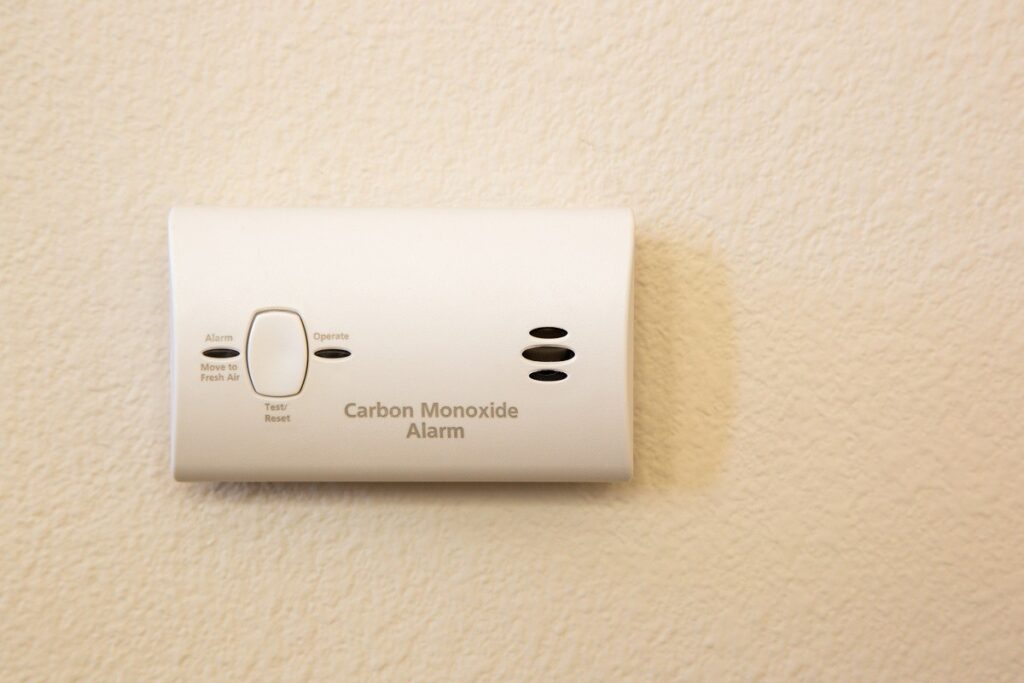
Install and maintain CO alarms outside each separate sleeping area, on every level of the home, and in other locations as required by local codes requirements. Before installing, make sure to read and follow the manufacturer’s instructions for placement and mounting height.
For the best protection, have CO alarms that are interconnected throughout the home. When one sounds, they all sound.
No matter what type of alarms you get, choose alarms that are listed by a qualified testing laboratory.
When traveling or staying away from home, bring a travel carbon monoxide (CO) alarm.
Do smoke alarms detect carbon monoxide?
No. Carbon monoxide (CO) alarms are not substitutes for smoke alarms and vice versa. Know the difference between the sound of smoke alarms and the sound of CO alarms.
How long do carbon monoxide detectors last?
The sensors in CO alarms have a limited life, so replace the CO alarm according to manufacturer’s instructions or when the end-of-life signal sounds. Remember to test your CO alarms at least once a month and replace them if they fail to respond. (Press the test button on the front or side of the alarm.)
To keep CO alarms working, follow manufacturer’s instructions for cleaning. The instructions are included in the package or can be found on the internet.
What does carbon monoxide poisoning feel like?
Symptoms of carbon monoxide poisoning generally include headache, nausea or vomiting, dizziness, confusion, shortness of breath, blurred vision, drowsiness, and loss of consciousness. Many of these symptoms are also common with colds, viruses, and stomach bugs, so without a working CO alarm, there’s no way to know if what you’re experiencing is CO poisoning. That’s why it’s imperative you install, maintain, and test your alarms.
